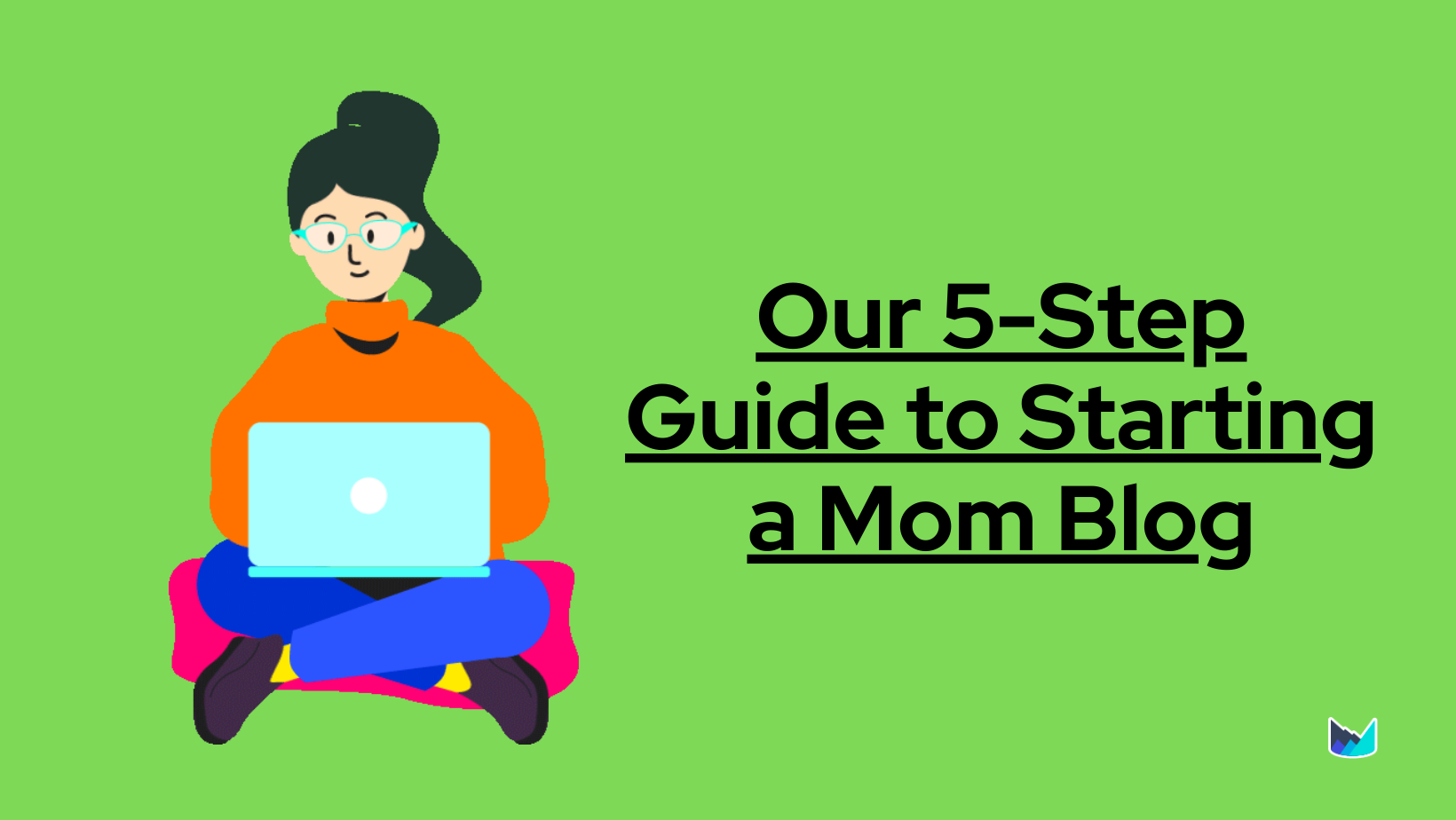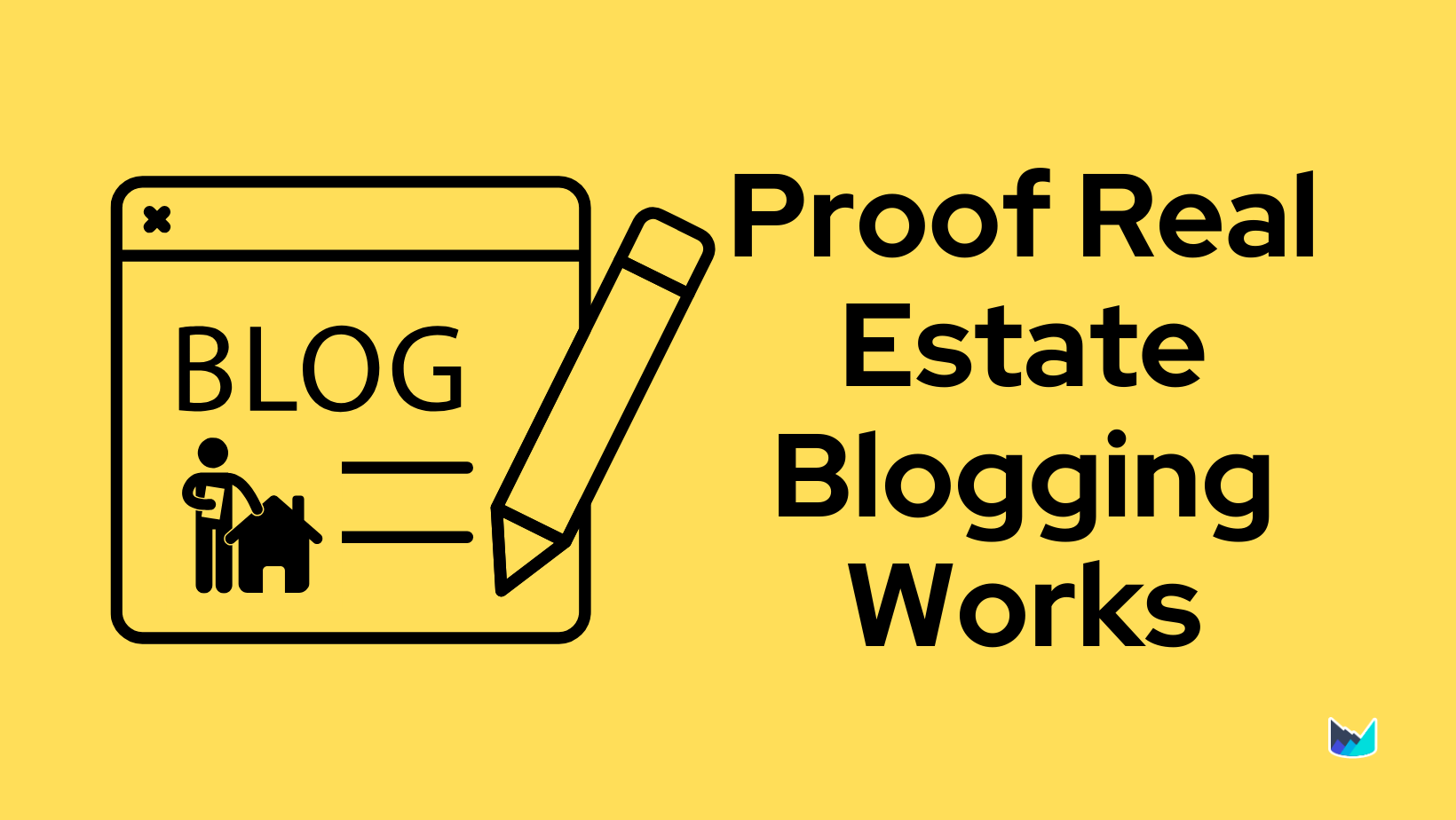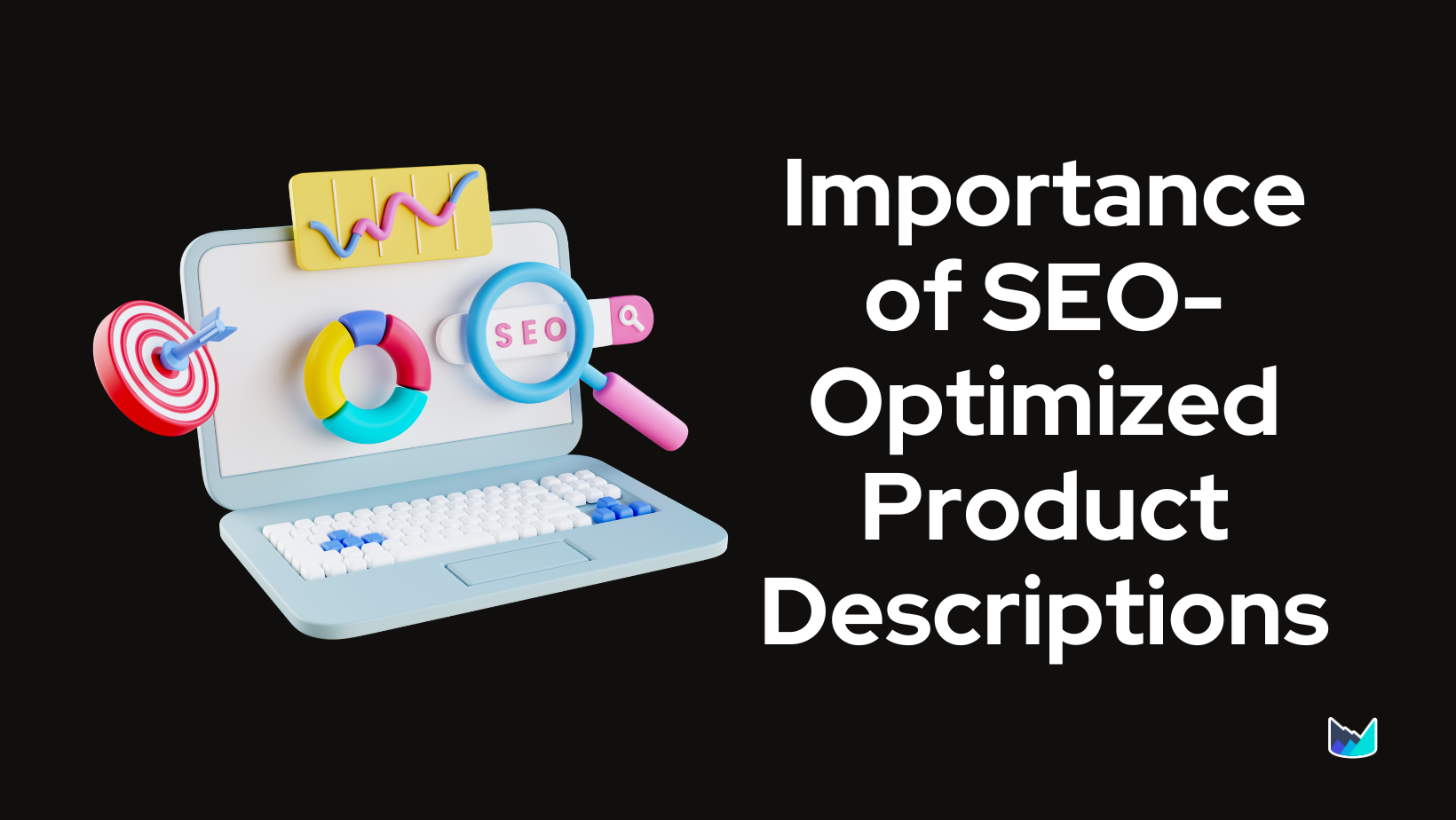- Product
- SEO Content Editor
- SEO Content Strategy
- Content Optimization
- Content Briefs
- AI Assisted Writing
- Keywords Clustering
Preview a demo walkthrough
Outranking the competition with our cutting-edge SEO strategies.
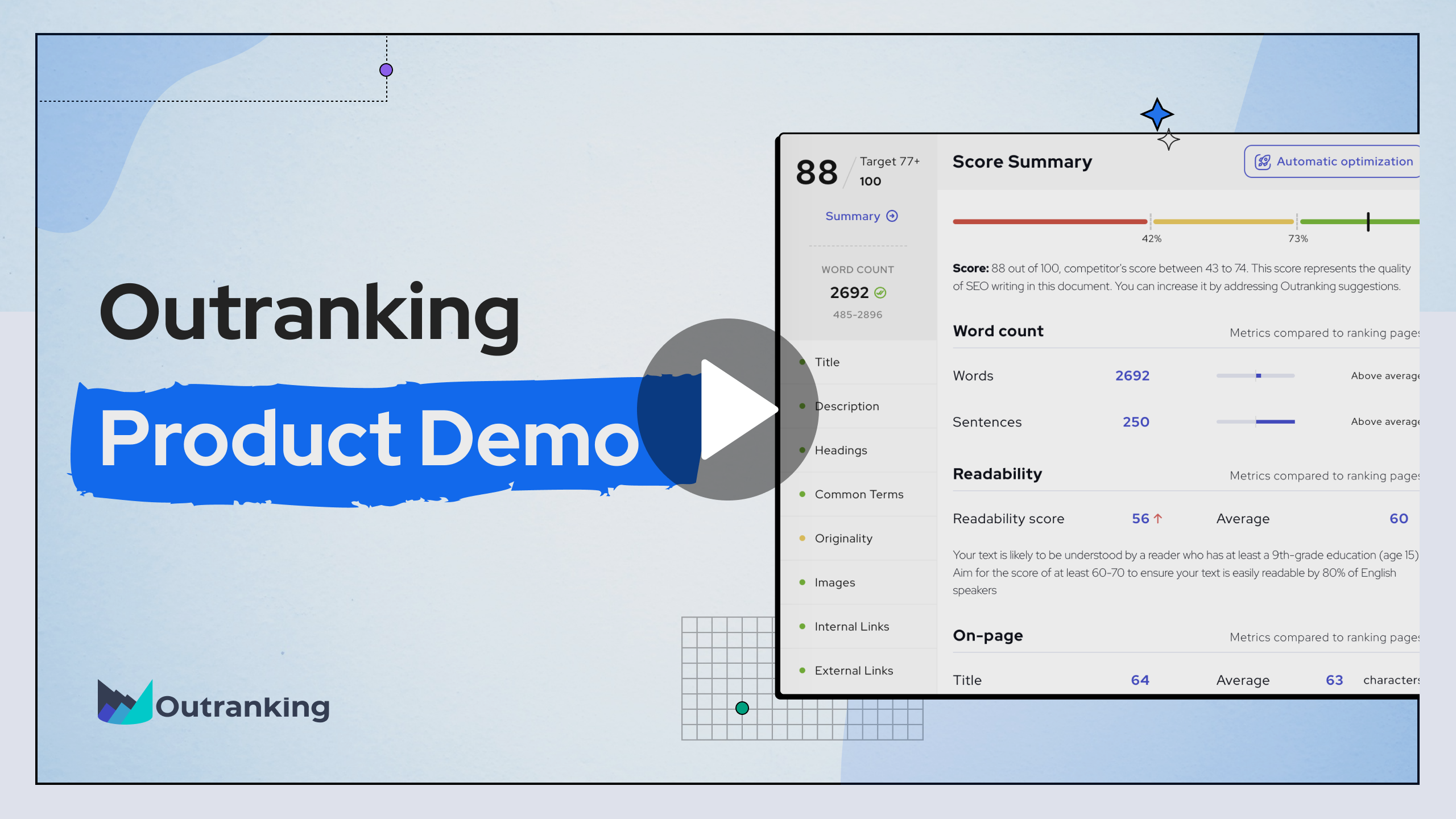
- Pricing
- Resources
- Sign In
- Get Started
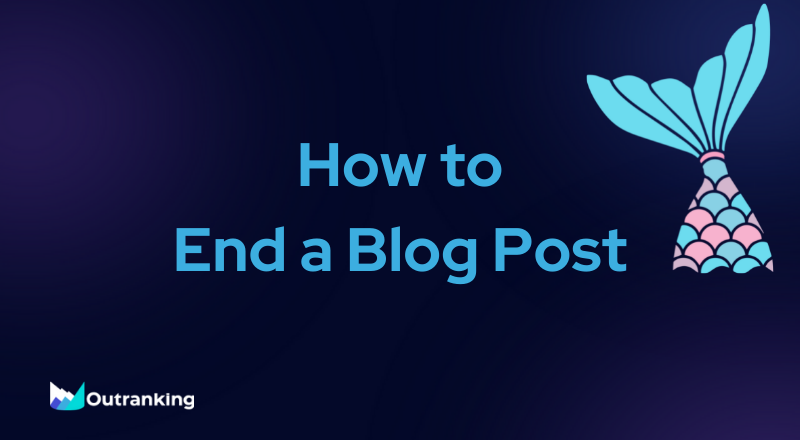
How to End a Blog Post The Ultimate Guide to Write a Conclusion
Table of Contents
If you’re writing a blog post, it’s important to end the post in the most interesting way possible. However, it is sometimes tricky to create the perfect conclusion. The difficulty in getting the right ending is usually because what ends up being the best ending for one person might not work for another. But there are plenty of ways you can make an end compelling and attractive! Here are 12 vital tips on how to create blog post endings that will keep your readers coming back:
Table of Contents
What is a Blog Ending or a Conclusion?
A conclusion, or blog ending, is a crucial part of your blog post. This point is where you wrap up your argument and leave your readers with something to think about or compel them to take an action. The goal of a blog ending is to leave your readers with something that will keep them interested and motivated—something that will help them learn more about the topic or take some kind of action.
What are the Benefits of a Good Blog Post Ending?
There are many benefits to an effective blog ending, such as better user experience, more engagement, improved conversion, and more subscribers.
A conclusion wraps up the article and leaves readers with a sense of closure. A strong conclusion can leave a lasting impression on readers, so it is important to consider that before you write one. To create an effective blog ending, you need to consider what the post was about, why it matters, how it can help your audience, and what you’d like your readers to do next. The concluding part of the blog will allow you to provide a clear and concise summary that will give your readers a sense of understanding and purpose.
How to End a Blog – Different Ways to Write Conclusions
There are various ways to end a blog, and each of these tactics might suit particular situations.
So let’s see how to end a blog post in different ways:
1. End blog with a summary or multiple points
The most popular way to end a blog post is to summarize the main points straightforwardly and concisely. You can do this in various ways, but don’t introduce any new information in your summary. Instead, focus on reiterating the key takeaways from your post. A summary directs the readers to the critical points of your blog post and helps you to effectively transmit your message to your audience.
Examples of summary-type blog endings:
We’ve covered the different ways you can write an interesting conclusion, and when to use each method.
This article analyzed the many effects of the covid19 pandemic on the world’s economic structure.
2. End by asking a question
Questions at the end of articles are a great way to keep the reader engaged. By providing a question for the reader to think about, you’re giving them a reason to stick around and read more of your content. Questions a critical if you’re looking to hook the reader and keep them interested even after finishing your post.
Examples of blogs ending with a question:
Have you ever experienced any of the symptoms explained in this article?
Which of these recipes are you going to try cooking this week?
3. End with a CTA (call-to-action)
A call-to-action (CTA) tells your readers what to do next. Including a CTA is important because it gives them the next step to take. Ideally, your CTA should be something that gets your readers to engage with you somehow—whether it’s subscribing to your email list, leaving a comment, downloading an additional resource, or sharing the post on social media.
Here are four types of CTAs you can use:
1. Ask a question: This is a great way to engage readers and get them thinking about the topic.
2. Urge readers to take action: If you want readers to do something, this is the CTA for you.
3. Make a recommendation: If you have a product or service that you think would be helpful, recommend it here.
4. Give away a free resource: If you have another piece of content that would be helpful for readers, give it out here.
Examples of blogs ending with a call to action:
Check out this amazing tool today for an unforgettable writing experience.
Submit a request for a quote today and get a 1-hour free consultation with us.

4. Direct the readers to read something further, perhaps link to another article
Adding a link at the end of your post
At the end of your blog post, you can direct your readers to another blog post on your site or another site. This conclusion is a great way to keep them engaged and read more of your content. You can also include other media types, such as videos or infographics.
Inserting an inline link in the text of your post
The links will allow the reader to click on the link and be taken directly to the website or article you referenced.
Highlighting a key sentence or two and adding a link in the text formatting options
You could highlight a key sentence or two from your blog post and add a link in the text formatting options. This method will help direct your readers to further information that may be helpful to them.
When you include links in your blog posts, make sure they open in a new tab or window, so your readers don’t lose their place on your page. This will keep them engaged and help to keep them on your site for more extended periods.
Examples of blog ending that direct the users to a different link:
Other links you should consider include…
Check out other beautiful tourist destinations here.
5. End by starting a discussion question
To end a blog post on a high note, ask your readers a question that will get them thinking. This strategy encourages discussion and engages your readers. A good blog post is thought-provoking, and it forces the reader to think about the thing in a certain way.
By asking a question and requesting readers to share their ideas, you get comments and some great ideas for how to do things differently. To encourage this kind of engagement, plan your blog content before writing anything.
Examples of blog ending that start a discussion
Which of the writing tools mentioned in this article perfectly suits your needs?

6. End by answering the 5 W’s in your blog posts
The 5 W’s are:
1. Who is your audience?
2. What are they looking for?
3. What do you want them to do?
4. When do you want them to take action?
5. Where can they find more information?
The answer to these questions will help to wrap up your blog post neatly which leaves readers feeling satisfied.
7. End on an emotional note
Ending a blog on an emotional note can be difficult. An emotional ending can spark a lot of debate.
The key to an excellent emotional ending is to make sure it fits the tone of your blog and that you don’t overdo it.
Examples of emotional blog endings:
So many people have lost their lives due to the lack of a good exercise routine. In this article, we shared with you how to develop a healthy exercise routine today.

8. If it’s a series of blogs, tell them what they should expect next
If you are writing a series of blog posts, let your readers know what they can expect next. The knowledge will help keep them coming back for more, and it can help build anticipation for upcoming posts. You might want to consider using a blog post series template to make it easy for your readers to follow along.
Examples of blog endings that lead them to the next relevant post:
Watch out for the 5th episode of our series next week
We will be exploring the five most popular beaches in our next article
Next in our series is the top ten richest entrepreneurs in the world

9. Ask the reader to share your post
When you ask readers to share your content, you’re not only increasing the chances that they will, but you’re also building social proof—which can help encourage other readers to check out your content as well. Asking for shares is a great way to boost traffic and engagement on your posts.
Example of a blog ending asking users to share your post:
Follow our social media pages and share our posts with your friends and family.
If you found these tips helpful, share this post to help others.
Share this post on your social media pages to increase breast cancer awareness.
10. End your blog with FAQs
Ending your blog post with FAQs is a great way to provide additional information for your readers and show that you’re willing to help them further. It also helps to establish you as an expert in your field, while increasing the chance of getting your content to rank.
To create an effective FAQ section for your blog, consider including:
- The most common questions you receive about your topic
- Questions that are specific to your niche or industry
- Questions that apply to your target audience
- Questions that are frequently asked in online forums or on social media, such as Quora
Here’s a quick clip from our webinar showing how quickly it is to add FAQ in your blog outlines:
Examples of blogs ending with FAQs:
Below are the most frequently asked questions on different social media platforms
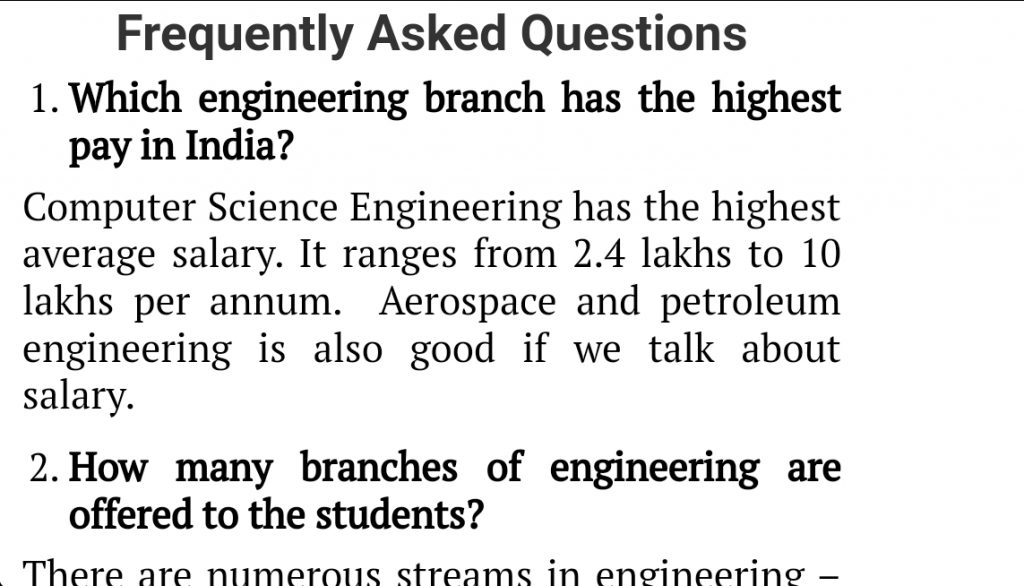
11. End by concluding why your products solve something you are discussing in the blog
You want your readers to take any action that will help them solve the problem you’ve been discussing. The action could mean signing up for a free trial of your product or scheduling a consultation with you. Whatever it is, make sure it’s something that will move your reader closer to solving the problem that made them read your post in the first place.
An example of a blog ending that concludes by trying to sell a product:

12. Provide an opposite perspective
After all, you want to show your readers that you know that you fully understand the topic. Plus, it can help add balance to your content and make your blog posts more credible. Providing an opposite perspective can also help spark discussion and get people to think critically about the topic at hand.
Here are a few tips:
– Summarize the main points of the opposing argument
– Use strong evidence to refute the opposing argument
– Point out inconsistencies in the opposing argument
– Restate your thesis statement and explain why it’s still true
Examples of summary that provide opposite perspective
Here are some alternative approaches you should also consider:
Contrary to popular belief, article writing tools create quality search engine optimized contents
What tools can be used to write a blog ending or conclusion?
Outranking is an AI-powered writing assistant that can help you write conclusions in a matter of seconds. It offers a wide range of templates and samples that you can use to get started. Outranking offers various pre-built templates called Methods that you can use to create your perfect blog post ending. Request a trial here.

